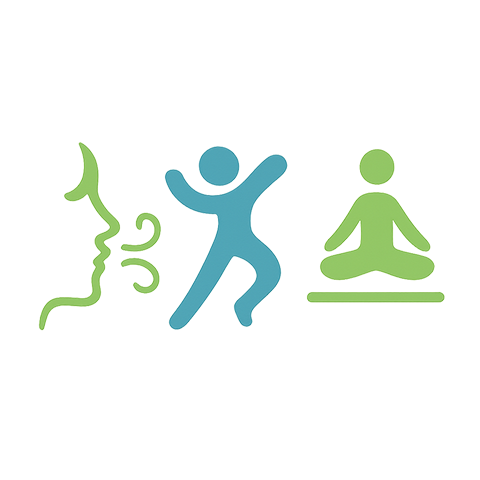Unlocking Hip Stability: A Guide to Improving Mobility Through Fitness Training and Activity
The hips serve as the central hub of our body’s movement, playing a crucial role in everything from walking to jumping. However, many of us may not fully appreciate the importance of hip stabilization until we experience discomfort or reduced mobility. This article aims to illuminate the significance of hip stability and share effective strategies to enhance your mobility through fitness training and activity.
The Importance of Hip Stability in Daily Life
Hip stability is fundamental not only for athletic performance but also for everyday activities. Whether it is climbing stairs, bending down to tie your shoes, or even sitting for extended periods, strong and stable hips can make all these activities smoother and more comfortable. When our hips lack stability, it can lead to compensatory movement patterns, increased strain on other joints, and even chronic pain.
Understanding the Mechanics of Your Hips
The hip joint is a ball-and-socket joint, which allows for a range of motion. However, when the supporting muscles, tendons, and ligaments are weak or unbalanced, it can lead to instability. Strengthening the muscles around the hip, including the glutes, quadriceps, and hip flexors, is essential for enhancing hip stabilization. This means that incorporating targeted exercises in your fitness routine can lead not just to better mobility but also to improved overall health.
Effective Exercises for Hip Stabilization
To improve hip stability, begin by integrating the following exercises into your weekly fitness training routine:
- Bridges: Lying on your back with your knees bent, lift your hips toward the sky while squeezing your glutes. This exercise targets the gluteal muscles, which play a crucial role in hip stabilization.
- Clamshells: While lying on your side with your knees bent, lift the top knee while keeping your feet together. This movement strengthens the external rotators of the hip, promoting stability.
- Single-Leg Deadlifts: Balancing on one leg, hinge at the hip while extending the other leg behind you. This exercise challenges balance and strengthens the entire hip area.
- Side Lunges: Step to the side and lower your body into a lunge position while keeping the other leg straight. This strengthens the inner and outer thighs, contributing to better hip control.
Incorporating Mobility Activities
In addition to strength training, incorporating mobility activities like yoga, Pilates, or dance can significantly improve your hip stability. These disciplines emphasize flexibility and balance, ensuring that your hip joints move through their full range without restriction. Incorporate specific stretches targeting hip flexors, hamstrings, and quads to maintain a balanced and healthy range of motion.
Listening to Your Body
As with any fitness training, it’s essential to listen to your body. If you experience pain during exercises or activities, consult a healthcare professional or a qualified trainer to assess your form and technique. Adapting your routine to meet your unique needs is key to fostering a healthy, stable, and mobile hip function.
With consistent practice and dedication, not only can you enhance your hip stabilization, but you can also unlock a new world of movement, allowing you to engage more fully with the activities you love. The journey to better hip mobility begins with the first step—so get moving!




